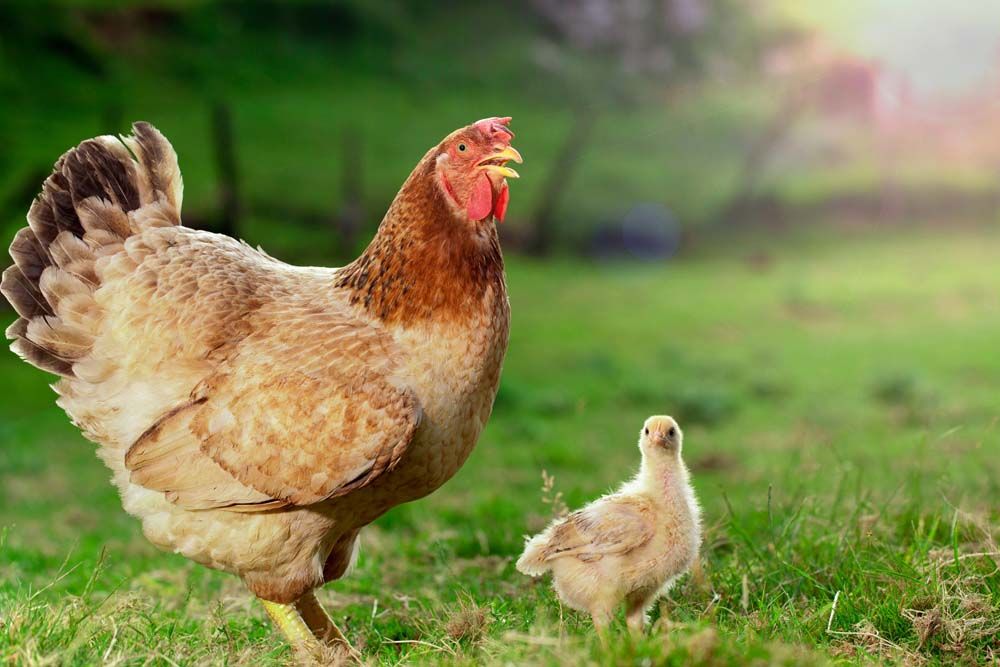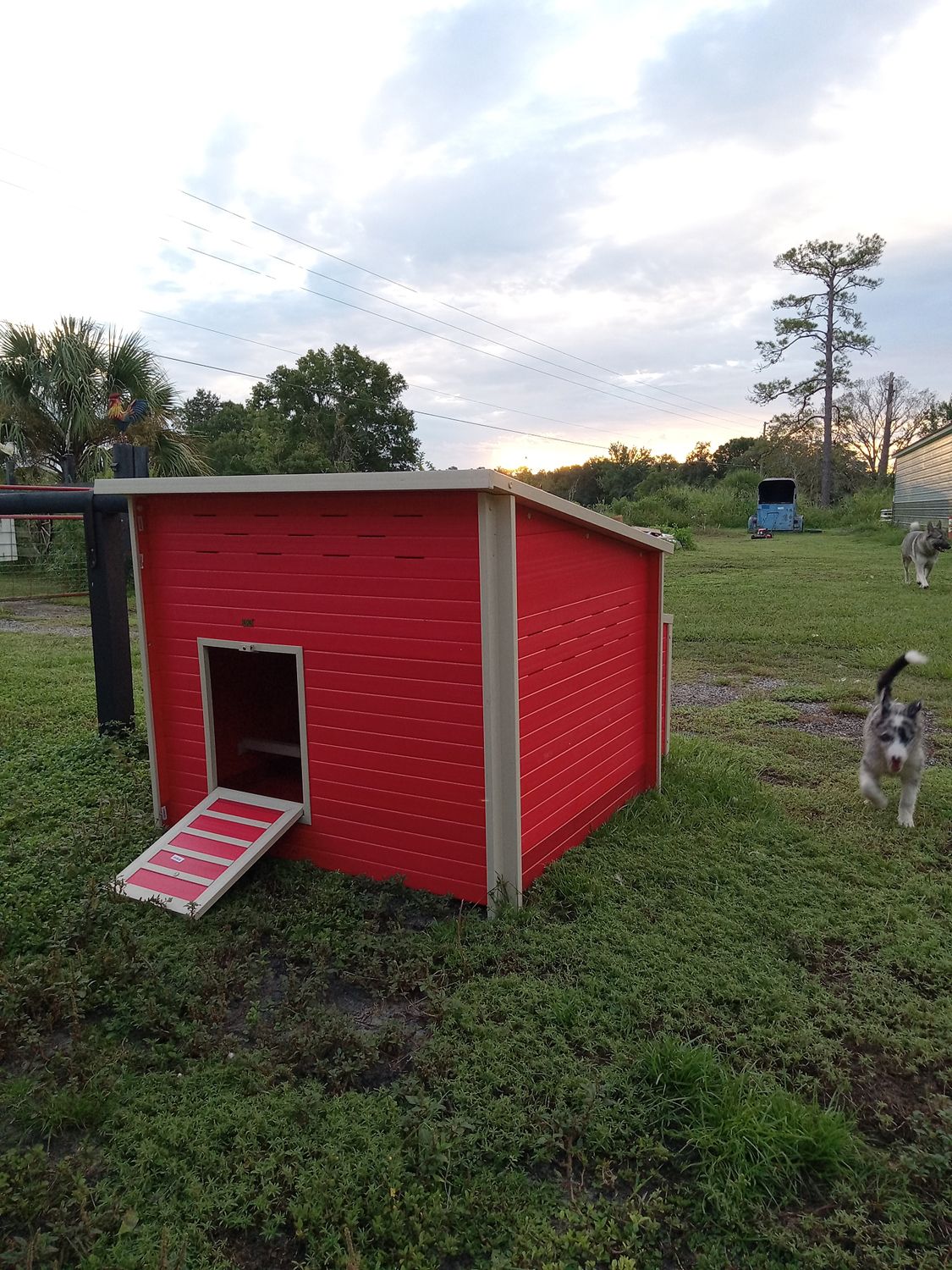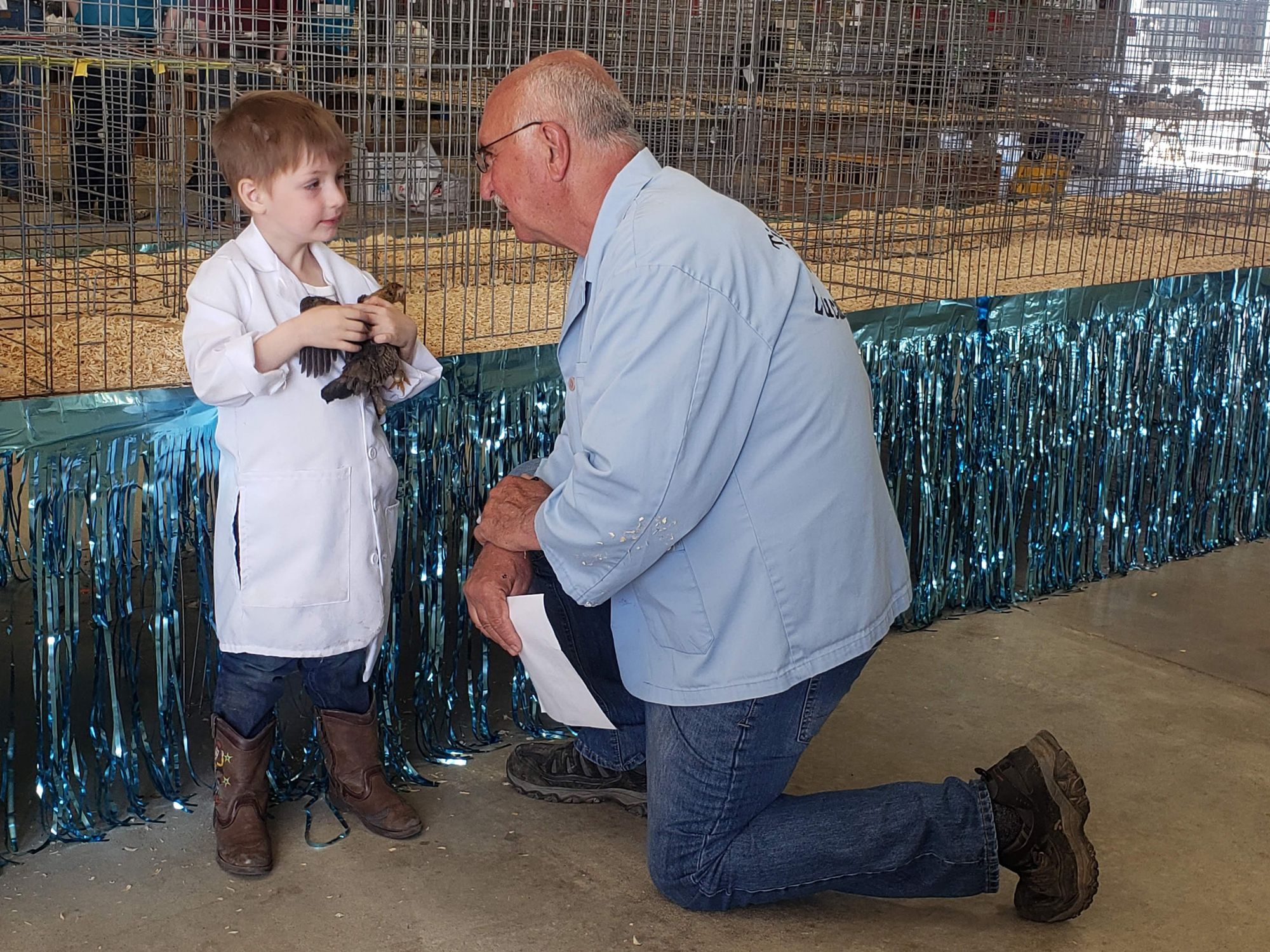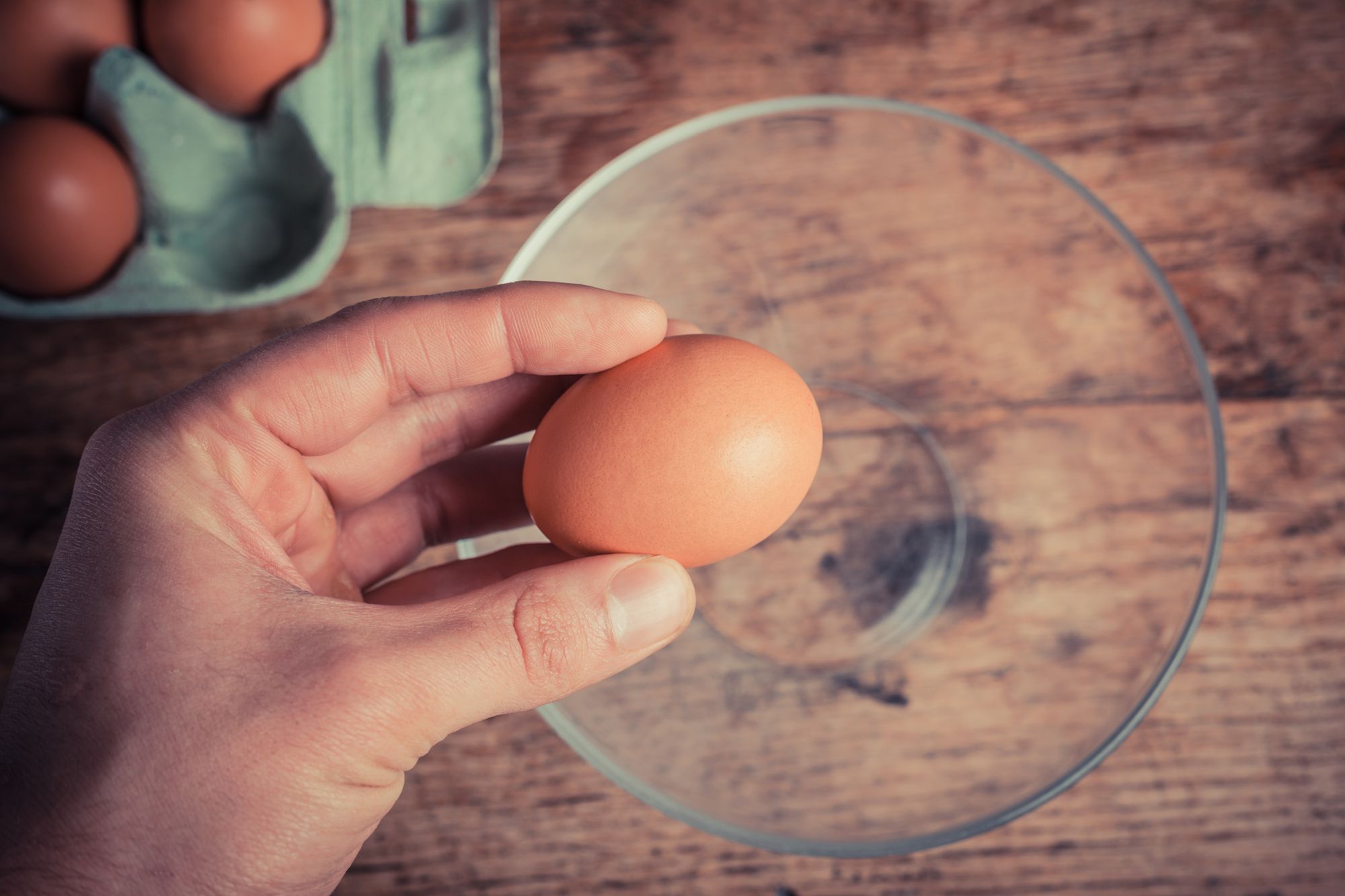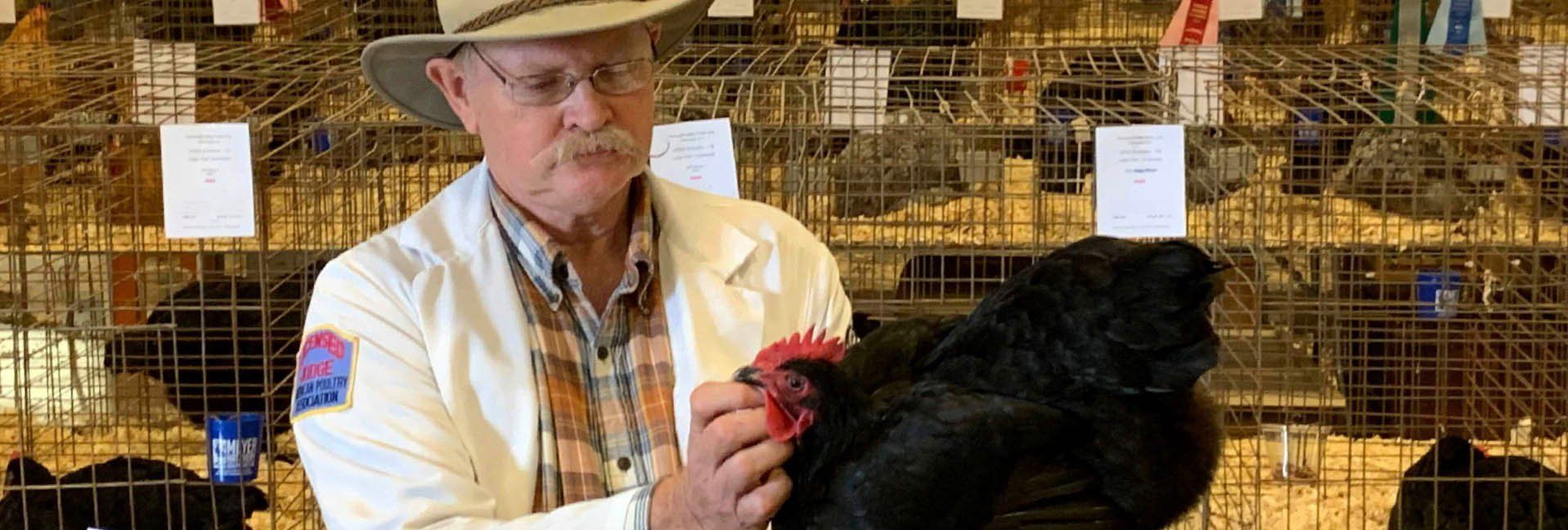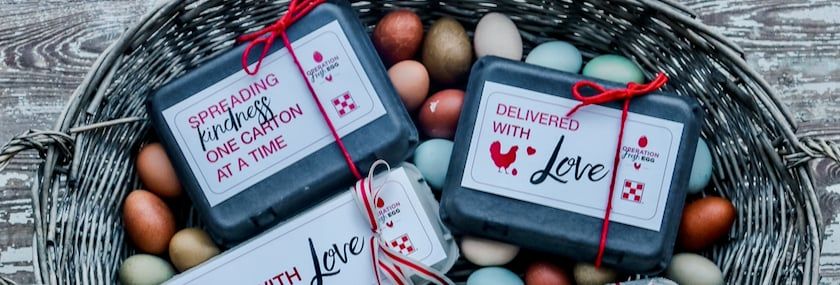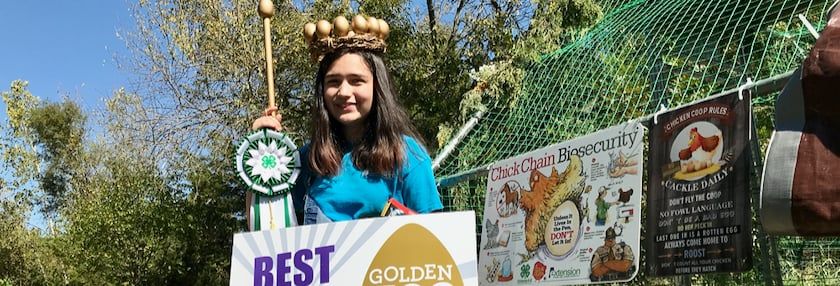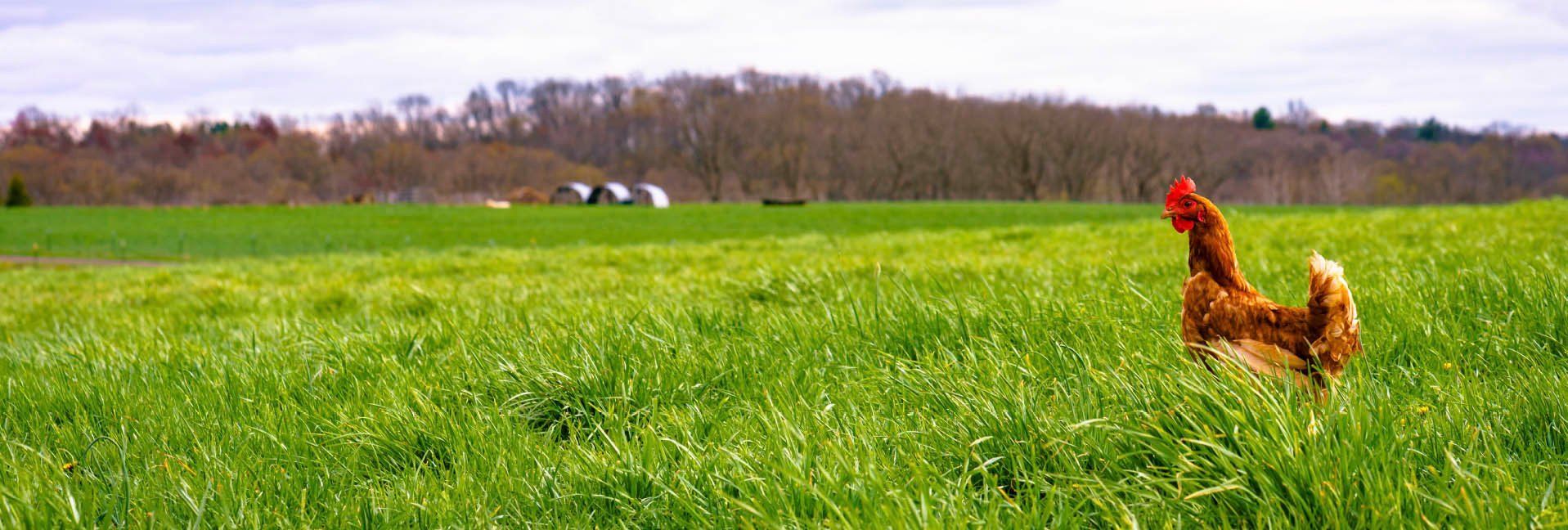Egging As An Art
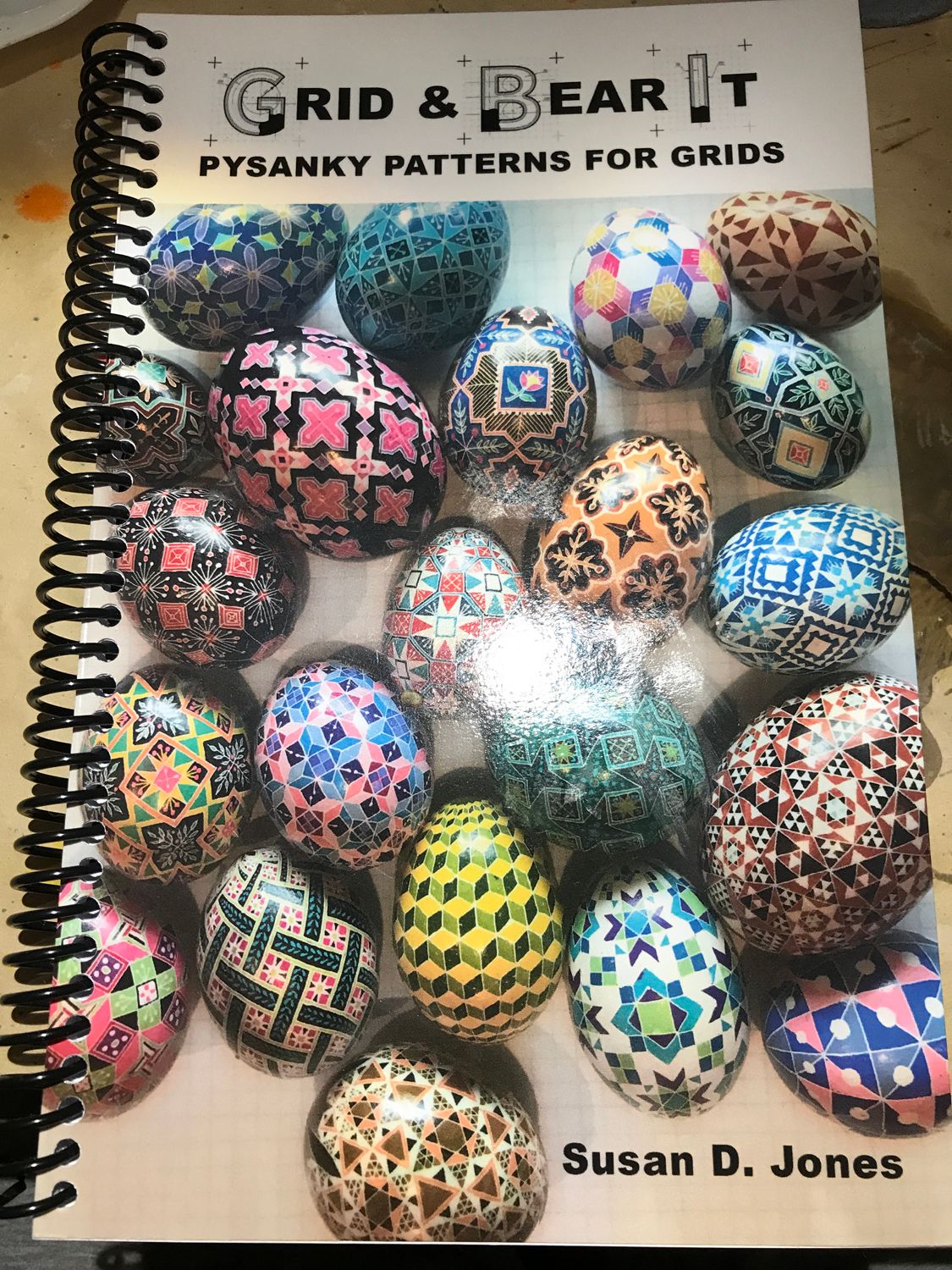

There’s more to egg decorating than Easter
By Brigid McCrea, PhD
August 18, 2023
Most people think about decorating Easter eggs the day before Easter morning, but did you know that there is a whole art form based on egg decoration? There are several versions, in fact, with each having its own artistic strengths.
Pysanky
The most famous egg artform is Pysanky or Pysanka (singular form), meaning one egg decorated in the traditional Ukrainian method using traditional designs. A combination of wax and dyes are used to mark decorative lines or symbols on an egg.
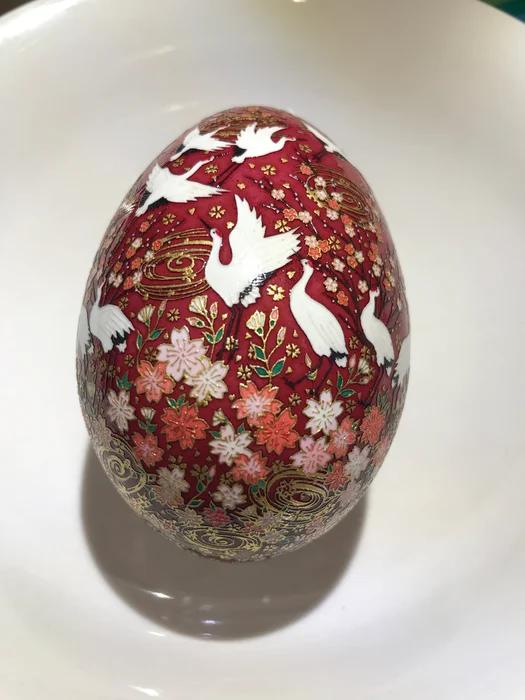
There are historical symbolic meanings and also meanings for the colors placed on eggs. For example, a stag or deer can mean wealth, prosperity, or leadership. A spiral can mean divinity or immortality. Wheat can mean wishes for a bountiful harvest. Yellow can mean purity or happiness, while white may mean innocence or birth.
There are several books available that spell out what to do step-by-step which is immensely helpful. Recent ones from Susan Jones break down the steps into bite-sized pieces. I very much appreciate that and it helps me become more confident in my art.
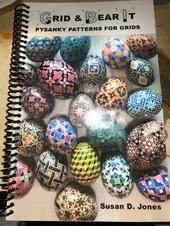
You usually start by marking out patterns in pencil on a white-shelled egg. Then you use a kitska (more on that in a moment) to draw on top of those lines with wax. Since the shell is white, any lines you cover with wax will remain white.
Kitsky – Kitska is the singular form of the word. There are electric kitsky or non-electric kitsky that you hold over a flame to heat up. The kitska holds a metal funnel into which you scoop beeswax. You hold the kitska over a flame and the wax melts and flows down into the narrow part of the funnel. You use the narrow part of the funnel for drawing lines.
Beeswax – Beeswax comes in several forms, usually in blocks or as spaghetti wax. Plain beeswax can be hard to see on the egg and you may lose track of your lines—that is why someone invented black beeswax!
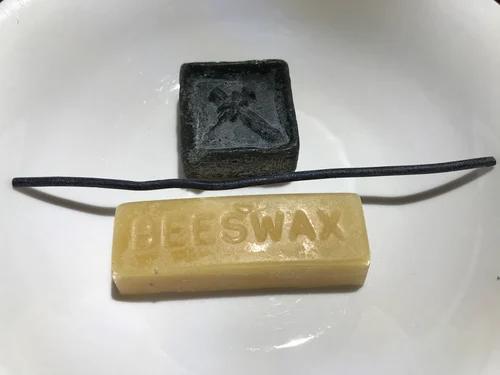
Dyes – Dyes used for Pysanky and related methods are strong aniline dyes. There are dozens of colors to choose from. Note: do not eat the contents of the egg after blowing it out because the dyes occasionally come through the pores to the inside of the egg.
Companies like Ukrainian Gift Shop, PysankyUSA, Ukrainian EggCessories, and Best Pysanky all sell their beautiful dyes.

You usually need distilled water, set to a boil, then add the dye to a jar that you can seal. I used to use mason jars, but Uline makes a wide-mouth plastic jar in the 16-ounce size that works great (S-9936). Be sure to wear an apron or clothing that you don’t care much about while working with the dyes. Also, work on a table protected by a tablecloth.
In applying the dyes, you work from light to dark. You usually start with a white egg, then yellow, orange, red, blue, and then black.
You dip the egg in each dye, remove it, then let the egg air dry. To keep lines in the color that you just dipped the egg into, you will need to cover it with wax. Then you move the egg into the next darker color.
Sometimes dyes interact in unexpected ways. For example moving an egg from yellow into blue dye means your egg may end up being teal, green or some version of blue green. To prevent this, you might wash back to white using vinegar. You can only do this so many times before you etch your way through the shell which is bad.
Drop-Pull Eggs
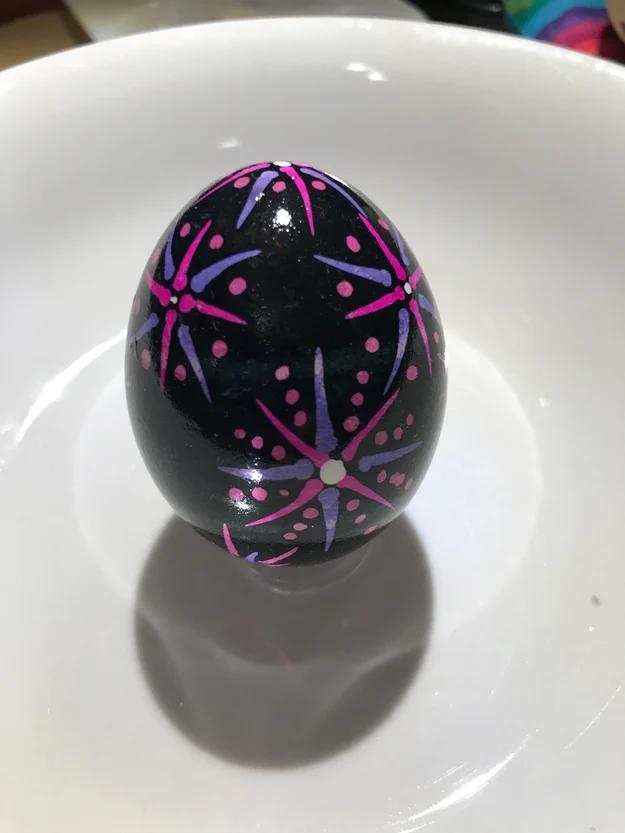
This method of egg art was also developed in eastern Europe. This is when you melt beeswax in the top of a wax melter heated by a tea light, similar to those found for scented wax. Then, using a glass headed pin stuck in a pencil eraser or a nail dotting tool, you make dots or teardrop shapes on the shell. The dots are called drops and the teardrops are pulls. The pulls are just a drop that you pull to one side. The larger the nail dotting tool, the larger the drops and pulls.
This method is quick and fun for children to learn. Practice on a paper plate before you work on your first eggs.
Heat up the dotting tool in the molten wax for a minute before doing a single drop or pull on an egg. Then immediately return that tool to the wax for the next drop or pull. It is repetitive, but you can get some really fun designs onto eggs quickly. Then drop the egg in dye to finish or you can add more drop-pulls onto the egg surface in the new color before going darker for a final color.
EggstrArt is a seller on Etsy who sells drop pull eggs and egging supplies.
Romanian Eggs

Using the kitska mentioned above, you can melt Crayola-brand crayons and draw on the shells. This only really works with Crayola because they have the right blend of waxes and pigments. You can also melt the crayons in old metal tealight tins over a candle warmer to melt the wax. Then you can use the nail dotting tool also mentioned above for doing colorful drop pull on eggs. Again, this is an affordable solution and great beginner method for youth who may be interested in building their skills in easter artwork. To get a better understanding of this style, you can visit EggstrArt on Etsy to see examples or to get dyed wax.
Scratch Eggs
What if you just dropped an egg in dye and then scratched back to white with something sharp? That is essentially what scratch eggs are. Using an exacto knife or razor blade, is an option, but better tools do exist.
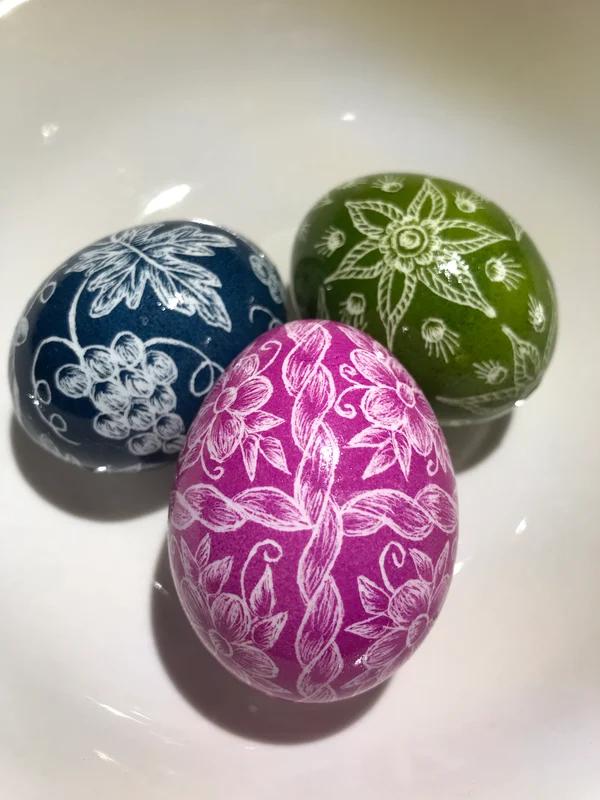
After taking a class at a retreat, I learned that certain engraving tips mounted in simple wooden handles did the trick. I purchased my first scratch tool through Just Eggsquisite during a class. Those thicker handled tools are now sold by Ukrainian EggCessories but you can also find similar ones on PysankyUSA.
I have seen people use needle tools like the style used in pottery to good effect. I have also seen folks use the battery powered engravers available at most craft stores.
Retreats and classes
Egging is great fun and you meet so many creative people! The community of eggers is available to you through Facebook, weekly zoom meetings, online classes, and of course in-person classes.
You do not have to take any classes to join in at a retreat, because you essentially pay a fee to play in the egging room. The egging room is a big open classroom where folks setup their table as a home base. They can chat an work on eggs they bring from home or they can work on eggs that they start in a class.
In the spring there is a retreat in Hershey, PA called Egging Weekend. This is a smaller group, is usually the beginning of the year, and is not known for classes. Then comes Pysanky Toronto in August but usually sells out in a matter of hours in January. That makes this event particularly inaccessible for beginners who are not usually in the loop regarding such events and find out too late. It is put on by Ukrainian EggCessories and on the plus side, it is easy to find information on this retreat because they have a website.
In May is the Catskills Pysanka Workshop located at the Soyuzivka Heritage Center in located in Kerhonkson, NY. It is a little more difficult to find information on given the website is more difficult to find. This event tends to operate more through a Facebook page for providing info on registration openings and class lists. On the plus side, there is a 24-hour egging room and a wide variety of classes to choose from.
Also in New York is Rochester Pysanky Egg-Sperience Retreat. It is in September and is another event with many classes and eggers in attendance.
In Ohio you will find three events: 1) the Elegant Egg Find Art & Craft Show in March, 2) The Ohio Egg N Art Show in September, and 3) Pysanky on the River or POTR in October. POTR is well attended and a great opportunity for new eggers to take a class. In early June, located in Missouri, you will find an egging retreat called “Show me” Eggs.
So hopefully now you have learned about how eggs can not only taste delicious and be a healthy food for your family, but they can be art. Creating artwork from the eggs of your chickens is a really great way to maximize the products of your farm and flock. Perhaps you will take a class locally on how to do some of these techniques.
About the author
Dr. Brigid McCrea, PhD, is a poultry scientist who has worked with small flock owners for more than a decade. Her expertise is being utilized at Auburn University in the development of curriculum for 4-H Youth Development's Animal Programs.
Tags:Featured

Chicken Whisperer is part of the Catalyst Communications Network publication family.

